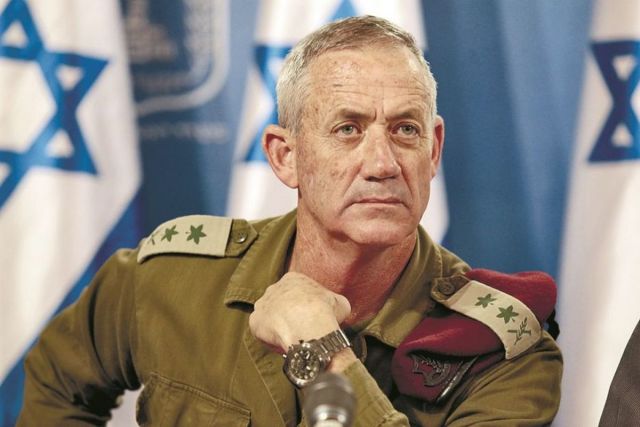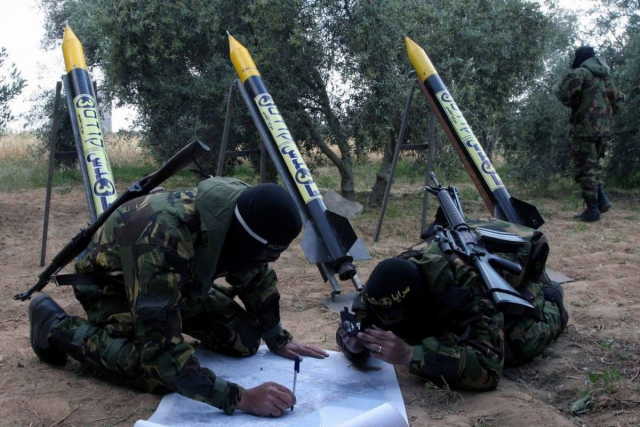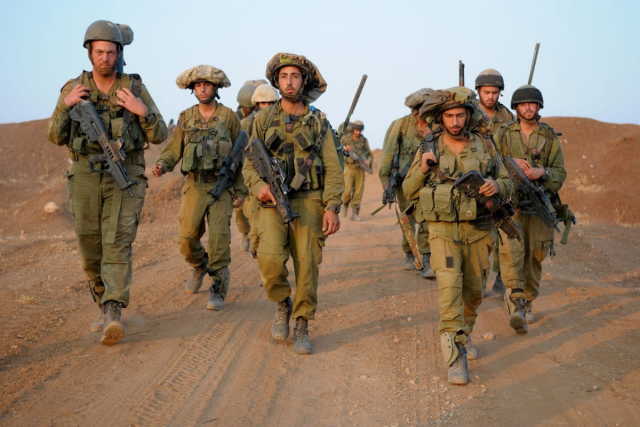Over the past decade, the Israeli armed forces – the Israel Defense Forces (IDF) – have made major changes to their structure and priorities for conducting combat operations. The ground forces underwent a significant reduction. They have undergone structural and doctrinal changes aimed at increasing the effectiveness of their units in future expected conflicts against Hamas and Hezbollah. The Air Force and Navy have expanded their unconventional capabilities of conducting conventional warfare. Israel has allocated huge resources to strengthen its defensive infrastructure. Intelligence units received significant priority, and cyber units were formed and deployed.
According to numerous publications, the motives for the ongoing transformations were the increase in the number of non-state opponents, the reduction of the threat from neighboring nation-states and revolutionary innovations in military technologies. The consequences of this transformation for Israel's security and defense capability are potentially serious. Meanwhile, Hamas and Hezbollah continued to look for new ways to actively confront Israel, which in response worked mainly on defensive measures against new threats and did not consider options for attacking their sources.
According to a number of Israeli security experts, the upcoming challenges are likely to be associated with a war on several fronts and the confrontation of hundreds of thousands of rockets attacking Israeli settlements. Such a development of the operational situation may require the deployment of ground forces to capture areas in the Gaza Strip, southern Lebanon, Syria and other countries, possibly even in Iraq and Iran. Since the IDF ground forces have been reduced, deprived of priorities and ignored, it is highly likely that they will face great difficulties in carrying out these tasks.
 |
| Avi Jaeger. |
An attempt to understand the reform of the IDF and the operational consequences of its transformation on the pages of the Review of the US Naval War College was made by Dr. Avi Jager, a researcher at the International Institute for Combating Terrorism of the Interdisciplinary Center (IDC, Herzliya, Israel). According to the author, in addition to official publications of state and military bodies and archival materials, interviews with IDF intelligence analysts, security researchers, former and current employees of the Ministry of Defense, generals and officers of the Israel Defense Forces (IDF) were used in the work.
Israel Defense Forces: reasons for reforms
The main reason for the transformation of the IDF A.Yager calls the deliberate decision of the country's political and military leadership to strengthen Israel's defensive forces, focusing on their cyber and intelligence capabilities. Another goal of structural and methodological changes, according to the current Deputy Prime Minister and Minister of Defense of Israel Beni Gantz (former Chief of the IDF General Staff), was to create a smaller but more deadly army capable of resisting non-state opponents in difficult conditions and on several fronts. This ability of the AOI primarily depends on the ability to receive accurate intelligence, process and analyze it effectively and transmit it to combat units in real time. "I definitely say that I preferred cyberspace and intelligence, not infantry and armored vehicles… Unlike the threat of a ground invasion, the cyber threat is real," B. Ganz stressed.

Israeli Defense Minister Beni Gantz
According to the publication, there is a political consensus in Israel that the last conventional military threat from the Syrian state has almost completely disappeared as a result of the civil war that began there in 2011. Until then, Israel considered war with Syria a likely conflict scenario. Unlike Jordan and Egypt, Syria has never signed a peace agreement with Israel and has not established any diplomatic or economic relations. Damascus directly opposed Tel Aviv in 1948, 1967, 1973 and 1982, which required mass conscription into the armed forces. In 2011, the Arab Spring spread to Syria and brought the regime of Bashar al-Assad to the brink of extinction. After the outbreak of the civil war, the Syrian army suffered huge losses both due to the death of personnel and due to desertion. As a result, the regime lost territory and sovereignty to such an extent that it had to rely on foreign support to maintain its rule. The declining demographic and economic stability of Syria, combined with the deterioration of its military power, forced Israel to conclude that the government of Bashar al-Assad is no longer a central threat to its national security, at least in the short term.

Hamas rockets
The IDF's structural and doctrinal changes were, by and large, an operational and administrative response to the gradual transformation of Hamas and Hezbollah from local resistance movements into powerful militant organizations. Over the past 25 years, Hamas has transformed from a mass socio-religious movement into a political regime with a military wing. The latter consists of more than 30 thousand militants, and the arsenals number about 20 thousand missiles capable of hitting targets at ranges up to 200 km. Hezbollah has undergone even greater organizational changes and has transformed from a grassroots mass movement into what many experts consider the most powerful non-state military force in the world. The number of its detachments is estimated at 50-60 thousand fighters, the strike potential is more than 100 thousand missiles. The set of tactical capabilities of Hezbollah has changed dramatically. Thanks to the experience of participation in the Syrian civil war, Hezbollah is now able to conduct offensive operations outside the borders of Lebanon and in the rear of Israel. The combat experience, firepower and confidence of Hamas and Hezbollah have increased their status in the eyes of the Israeli military leadership, which currently considers them one of the main military threats to the security of the state.
To be continued…
Based on the materials of Naval War College Review
Read the full text of the article now in our premium section

